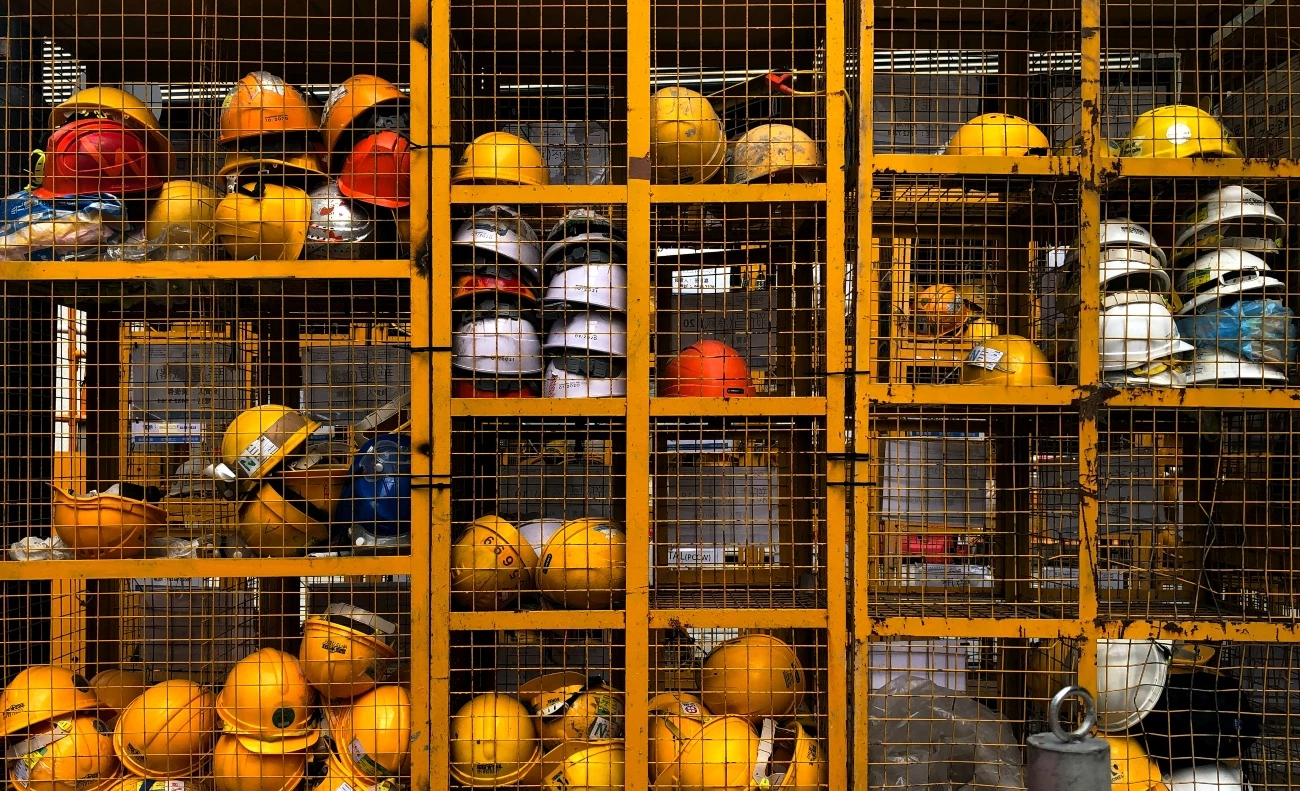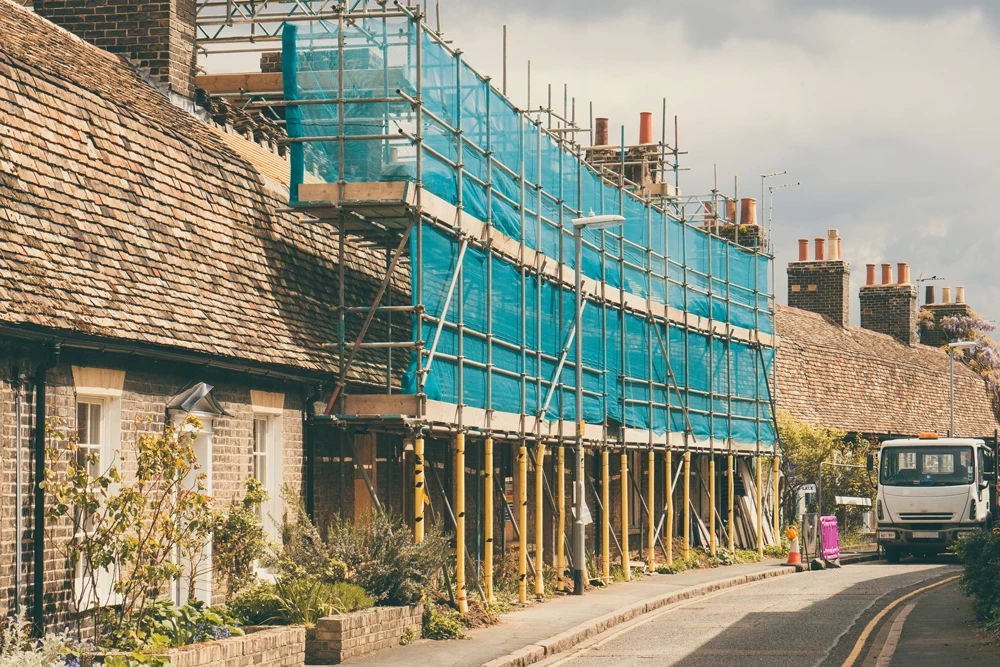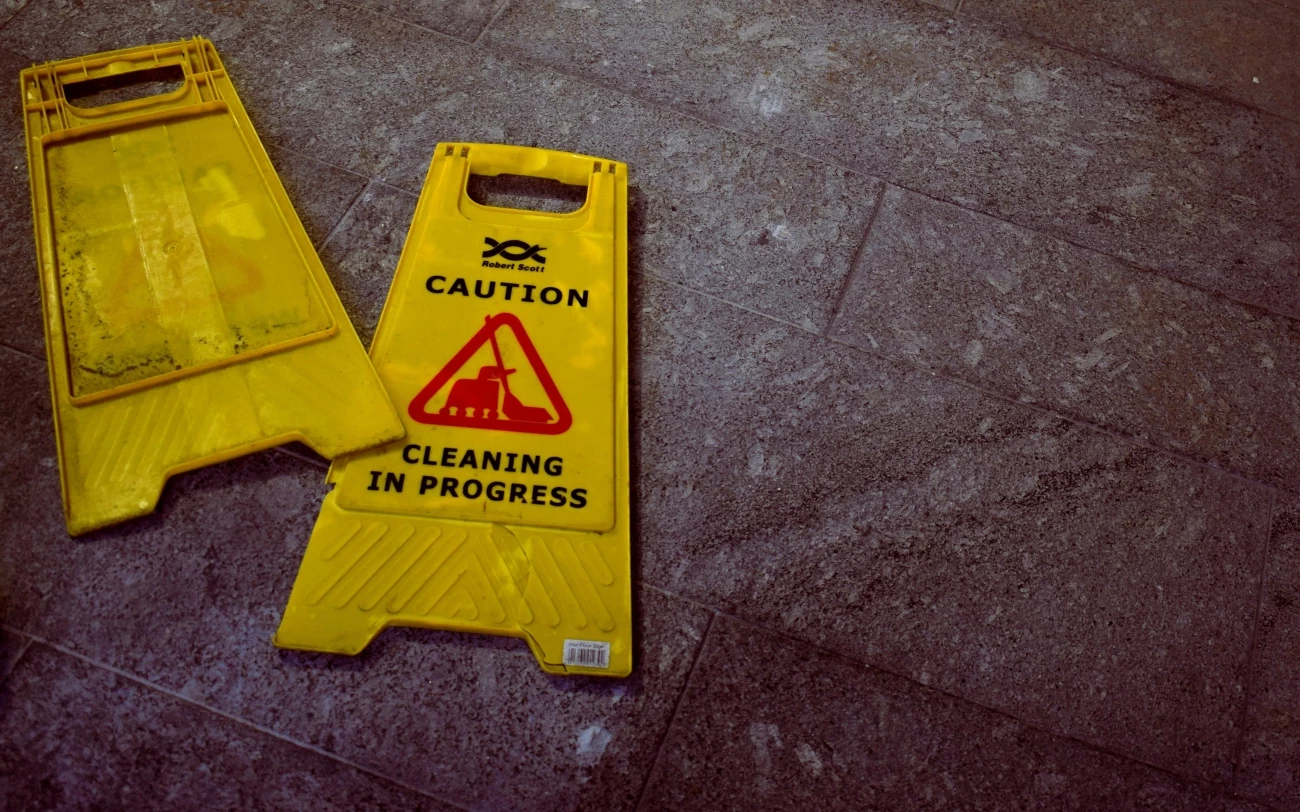20/10/2021 | Category: Commercial Insurance

Whatever your industry, everyone is entitled to work in a safe environment where the risks have been properly assessed and controlled. Which is one reason why workplace safety regulations are such an integral part of our working lives.
Of course, some industries are safer to work in than others. Engineering falls into the higher risk category, but it also crosses a wide range of industries. You can find engineers working in the transportation, design, and marine sectors and there are plenty of architectural, industrial, civil, mechanical, and electrical engineering roles out there, too.
Suffice to say, the health and safety of all engineering workers applies in whatever context or location they are working. As well as general health and safety industry regulations, employers often have their own set of workplace safety policies and guidelines. These can range from safety training standards to procedures to follow in the event of an emergency.
The simple fact is: wherever you are, engineering health and safety risks will be present and the corresponding healthy and safety guidelines will apply.
In this article we look at the most common health and safety risks at play in modern engineering workshops. We also share tips to help your business do what it can to stay compliant and reveal how commercial insurance can help you cover the financial fallout after an incident.
5 common health and safety risks
Unexpected shocks in the workplace are generally never a good thing – it’s one of the many reasons businesses take out commercial insurance. But the stats show there are thousands of accidents and cases of ill-health reported each year in engineering workshops.
To help you and your business stay compliant, we’ve put together a list of the most common health and safety risks occurring in an engineering workplace. It’s only by understanding what risks are present that you can manage those risks and protect your team.
1. Vehicle risks
When you start looking into the number of work-related accidents involving vehicles, the results do not make for comfortable reading. According to government data, over the last five years 19% of all fatal workplace accidents were caused by someone being hit by a moving vehicle.
Many of these vehicle-related injuries are caused by delivery lorries or fork-lift trucks. Luckily, there are some precautions you can put in place to reduce the risk of these accidents happening in the first place. In fact, it’s a legal requirement to do so.
Following these steps will help you get started:
- On-site rules: Not all drivers will be familiar with the site, so you need clear signage to help guide them around the premises and flagging up the site’s traffic rules. For example, accidents involving a vehicle reversing generally happen because traffic rules are not clear. To avoid collisions between vehicles and/or pedestrians, make sure the site has a safe, planned route for drivers that is clearly marked and leaves no room for confusion. Make sure speed limits are in place and avoid obstructions or blind spots.
- Site planning: There is a whole lot of planning required before a site can be deemed safe. Everything from having a good surface for vehicles to drive on to ensuring vehicle routes are kept separate from pedestrian traffic. Make sure pedestrian routes are clearly marked, paying extra attention to areas where pedestrians and traffic may cross paths. Keeping the site well-lit is another consideration so think about lighting placement.
- Forklift trucks: All forklift trucks need to be in good working order. They need to be able to carry out the tasks required and regularly maintained. Drivers should only operate forklifts if they have been trained and are authorised to do so. It goes without saying that untrained drivers are likely to cause accidents. But it is also important that forklift drivers have enough time to carry out the task they have been assigned – drivers who feel under pressure may end up rushing a job, increasing the risk of making a dangerous mistake.
2. Machinery risks
Returning again to government figures, the majority of fatal accidents over the past five years have involved someone falling from a height or being struck by a moving vehicle. However, according to government data, 10-15% of all fatal injuries within an engineering environment were the result of an individual coming into contact with a piece of machinery.
Within an engineering environment, there will be a range of different pieces of machinery being used for different engineering processes. It can be time-consuming keeping up with the relevant health and safety paperwork for each one. But it’s always going to be worth the effort.
Taking out commercial insurance will ensure you are covered if an employee is injured, but there’s more you need to do. Here are the key things you need to consider when ensuring machinery is compliant.
- Maintenance: When you’re working with machines on a daily basis, it’s really important to keep them in good working order. If machinery is not working properly or is not well looked-after, it can pose a serious health and safety risk to those operating it. To reduce this risk, carry out daily inspections, make sure all machines are serviced on time, and that audits are conducted regularly.
- Safety mechanisms: There is always a chance machinery will go wrong, which is why machines are fitted with safety mechanisms such as emergency stops and security guards. However, these safety measures are only going to be effective if they are correctly installed and checked regularly. Be sure to include these elements in your routine inspections and servicing.
- PPE/clothing: Machine operators need to be issued with the appropriate clothing and safety equipment like safety goggles and head protection. Wearing the wrong clothes or jewellery can place machine operators at risk. Clothing and hair can easily become tangled in the machinery, so regulation clothing and hairnets (for long hair) are a must. Meanwhile, jewellery, gloves and anything else that could get caught in moving parts are a definite no.
- Training: Anyone who is operating the machinery needs to be fully trained and hold the relevant licences. From an employer perspective, this is a double win – making sure the person operating the machine is protected and keeping the business compliant in the eyes of the law. Remember: first aid training also falls under this remit.
3. Slips, trips and falls
Anyone who has spent any length of time dealing with workplace health and safety will be well aware of the term ‘slips, trips and falls’. They can happen in any work environment, but the risk is vastly increased when a workplace is filled with machinery and other engineering equipment.
It might be that the floors are messy with oil and other machinery waste. And there are plenty of sharp edges and moving parts to make a fall even more dangerous.
Having comprehensive commercial insurance in place is a good start, but you also need to make sure your business stays compliant by managing and identifying every potential risk – however small it might seem.
Here are a few things to think about.
- Risk assessment: Any risk assessment needs to be well thought-out, carefully planned and 100% focused on the detail. In relation to slips, trips and falls, this means paying careful attention to any potential hazards – from uneven flooring and unsteady handrails to exposed blades and unfenced drops.
- Oil: Oil spillages are unpleasant wherever they happen, but they can also be highly dangerous. Even the smallest amount of oil leaked from a machine onto the floor can create a serious slip hazard. Keeping machinery in good working order will reduce the chance of leakages (or at least the amount of oil that is leaked). You might also consider fitting a containment system that catches leaked oil and prevents it reaching areas of high footfall.
- Dust: Certain machinery and processes create a lot of dust and other particles that can transform otherwise non-slip flooring into dangerously slippery flooring. Rethinking those processes could help reduce the amount of dust that finds its way onto the floor, but even a small amount can cause problems. If dust is a persistent problem, you might find that different flooring is required.

4. Electricity and switchgear
By and large, the electrical equipment and switchgear used in engineering workplaces is generally very safe – as long as it is well looked after and used properly.
However, there is always a risk that something could go wrong.
Here are three key questions to ask when dealing with electricity and switchgear.
How old is the equipment?
While the law doesn’t stipulate you need to replace old equipment, many businesses are retrofitting and upgrading to more modern alternatives – for example, switching oil circuit breakers to vacuum breakers. There are many benefits to doing this, ranging from modern equipment being simpler to maintain to older replacement parts being harder to source. Another consideration is that older equipment may not have been designed to deal with the power loads used in modern work processes. Make sure all equipment is rated to handle the correct loads and regularly test the upstream and downstream voltage of your switchgear.
Have the operators been fully trained?
Operators need to be more than just familiar with electrical equipment and switchgear. They need to be fully trained in how to operate them effectively and safely. Make sure staff are aware of all the potential risks associated with the equipment, offering frequent training and refresher courses and keeping training logs up to date. Do not let lack of knowledge and understanding be the cause of an accident. Not only are you putting staff lives at risk, you are also risking invalidating your commercial insurance policy.
When was equipment last serviced?
Keeping all equipment in good working order is of vital importance, so make sure regular inspections are conducted by people who have the relevant expertise. If someone knows what they are looking for, they are more likely to spot faults or potential problems.
5. Manual handling
Last but not least, we come to manual handling. Within an engineering context, this is often seen as simply part and parcel of the job. However, there is a right way – and a wrong way – to go about manual handling.
A good place to start is by offering full, regular training. Any staff members who need to lift and move large or heavy objects need to know how to do so safely.
Next up is making sure the workplace is free from any obstacles or other trip hazards. Stairs, sharp corners, machinery, slippery floors and narrow walkways can be hard to navigate at the best of times – let alone when you’ve got an unwieldy item in your arms.
Do a risk assessment of the route that staff will be taking and make sure all hazards are removed.
What HSE inspectors are looking for
If you start looking at engineering workshops across the UK, you’ll find they are in a variety of conditions, ranging from the good, bad, and downright ugly (aka unsafe). There are plenty of immaculately clean and tidy workshops out there, but there are also a fair few that have seen better days (think leaking machinery, pungent fumes and waste that has been left to build up on the floor).
Here’s a quick checklist of what HSE might be inspecting if they visit your workshop:
- Machinery
- Working at height
- Transport
- Metalworking and welding
- Manuals handling
- Noise
- Hazardous substances
Finally, comes the paperwork. Inspectors will want to see copies of recent COSHH assessments and risk assessments. You’ll also need to provide evidence of maintenance and test records for certain equipment and systems, alongside instruction on how to use items safely.
Commercial insurance cover you can trust
At Insurance Choice we know there is a lot to do to keep a workplace safe. Let us take some of the strain by arranging a commercial insurance package tailored to your business’ specific needs.
Get a quote today.
Policy benefits, features and discounts offered may very between insurance schemes or cover selected and are subject to underwriting criteria. Information contained within this article is accurate at the time of publishing but may be subject to change.
Blog FAQs
Sample Heading 1
Sample Content 1
Sample Heading 2
Sample Content 2
